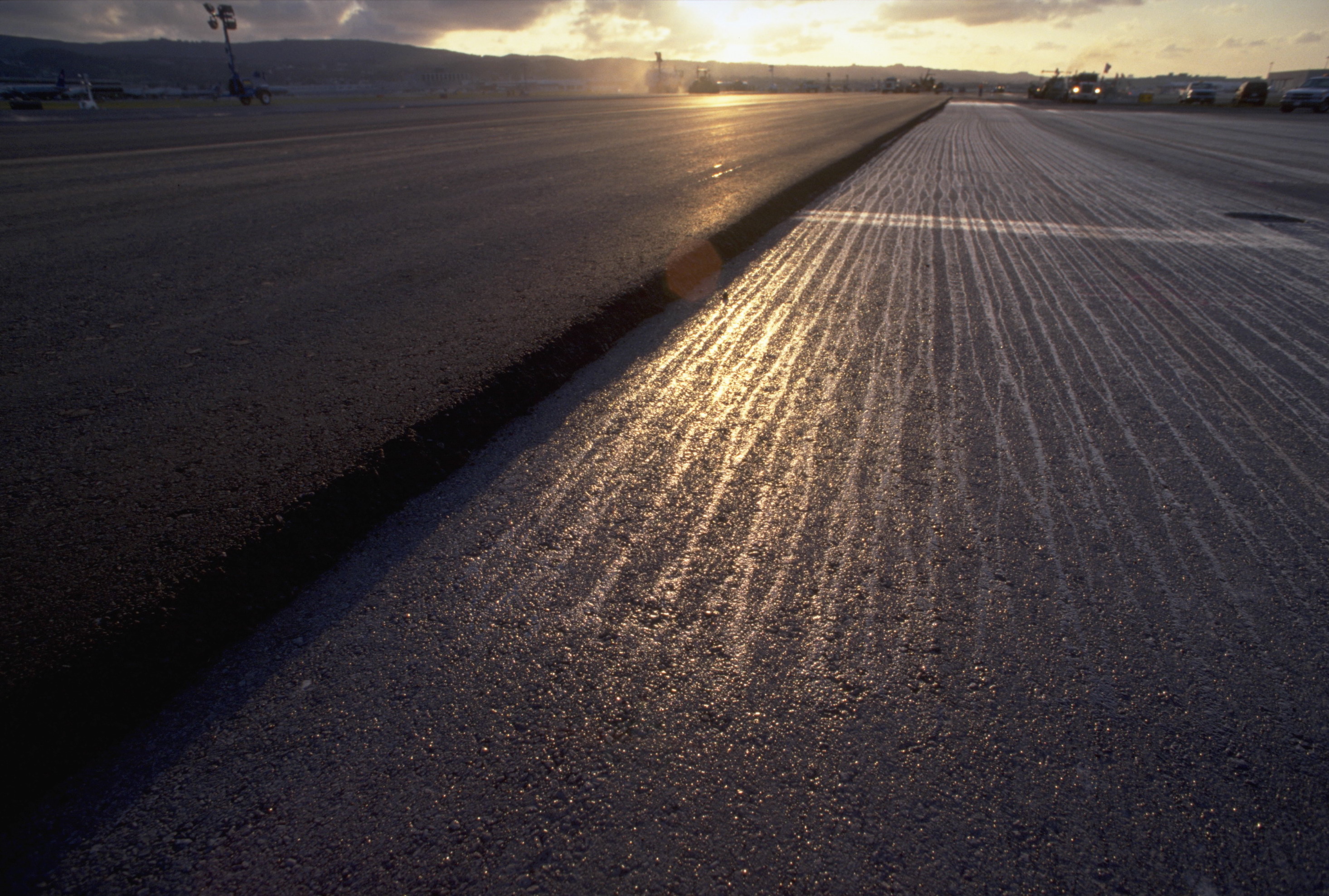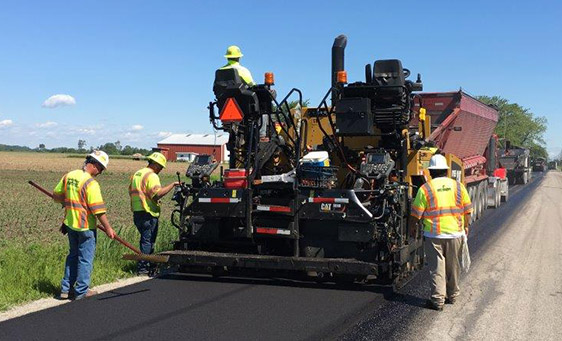Hot Mix Asphalt Paving: Redefining Industrial Home Landscapes
Hot Mix Asphalt Paving: Redefining Industrial Home Landscapes
Blog Article
Opening the Keys of Warm Mix Asphalt Modern Technology
Checking out the midsts of hot mix asphalt modern technology discovers a world where specific formulations and meticulous processes converge to form our roads and framework. The combination of accumulations, binders, and fillers isn't simply a construction job yet a calculated orchestration of sturdiness and performance.
Value of Hot Mix Asphalt
Hot Mix Asphalt plays a vital role in modern-day framework development due to its resilience and cost-effectiveness. As the most typically utilized leading material for roads, highways, and vehicle parking whole lots, Warm Mix Asphalt offers a range of benefits that add to its relevance in construction jobs.
The toughness of Warm Mix Asphalt comes from its make-up, which consists of aggregates, binder, and filler products that are meticulously picked and blended to meet certain performance requirements. This precise combination causes a strong and adaptable pavement that can endure constant use without significant wear and tear. Warm Mix Asphalt is 100% recyclable, further improving its sustainability and environmental advantages. On the whole, the significance of Hot Mix Asphalt in facilities development can not be underrated, as it remains to be a cornerstone of contemporary building practices.
Elements of Asphalt Mixes
The composition of asphalt blends consists of thoroughly chosen accumulations, binder, and filler materials that are important for attaining details performance requirements. Aggregates are the main component of asphalt mixes, providing strength and stability. The binder, typically bitumen or asphalt concrete, holds the accumulations with each other and provides flexibility and sturdiness to the mix.
The combination and proportion of these elements play a considerable function in determining the quality and performance of the asphalt mix. Engineers thoroughly develop the mix to satisfy certain requirements, considering factors like traffic quantity, environment problems, and sidewalk life-span. Correct choice and balancing of aggregates, binder, and fillers are important for producing resilient, lasting asphalt pavements.
Combining and Production Strategies

As soon as the aggregates are selected, the binder, frequently asphalt cement, is contributed to bind the materials together. The binder's high quality and quantity substantially affect the mix's versatility, stamina, and resistance to environmental elements. Additionally, fillers like moisturized lime or Portland concrete may be incorporated to enhance details features of the asphalt mix, such as its workability or wetness resistance.
Throughout manufacturing, the aggregates and binder are warmed, commonly in between 250-325 ° F(121-163 ° C ), to facilitate mixing and ensure correct finish of the aggregates. The blending procedure has to be detailed to accomplish a homogeneous combination that promotes the preferred efficiency qualities of the asphalt. Numerous methods, such as batch blending or drum blending, are employed to accomplish high-grade and constant asphalt mixes for building tasks.
Aspects Affecting Asphalt Efficiency
Variables influencing asphalt performance include an array of variables that impact the toughness, durability, and angled parking total top quality of asphalt pavements. One essential aspect is the top quality of materials made use of in the asphalt mix.

Layout factors to consider, such as sidewalk density and water drainage, are important in guaranteeing the lasting efficiency of the asphalt sidewalk. By meticulously taking into consideration these specialists, engineers and elements can maximize asphalt performance and improve the service life of sidewalks.
Lasting Practices in Asphalt Innovation

In addition, the growth of warm-mix asphalt (WMA) innovations has gained traction in the last few years. WMA enables the production and positioning of asphalt mixes at lower temperature levels compared to traditional hot-mix asphalt, causing reduced energy intake and greenhouse gas discharges. The use of permeable asphalt mixes can aid reduce stormwater runoff issues by allowing water to penetrate through the sidewalk and into the ground, advertising natural water filtering and recharge processes. By executing these lasting practices, the asphalt market can add to developing an extra eco-friendly and resistant infrastructure network.
Conclusion
In verdict, hot mix asphalt innovation plays a crucial function in contemporary facilities growth because of its longevity and cost-effectiveness. By carefully balancing components, employing proper blending strategies, and taking into consideration numerous variables, engineers can create top quality asphalt mixes that endure heavy traffic lots and extreme climate condition. Embracing sustainable techniques, such as making use of recycled products and warm-mix innovations, further boosts the environmental friendliness of asphalt technology.
Blending and production techniques in warm mix asphalt technology involve the specific mix and processing of accumulations, binder, and fillers to produce a high-performance and durable asphalt mix.Variables influencing asphalt performance incorporate an array of variables that influence the longevity, durability, and overall top quality of asphalt pavements. Lasting practices in asphalt modern technology encompass numerous initiatives aimed at lowering the environmental influence of asphalt production and paving procedures. By integrating redeemed asphalt pavement (RAP) and recycled asphalt tiles (RAS) right into brand-new asphalt blends, the market can significantly minimize the consumption of raw products and power, while likewise decreasing land fill waste.
WMA permits for the production and positioning of asphalt blends at lower temperature levels contrasted to conventional hot-mix asphalt, resulting in lowered energy usage and greenhouse gas exhausts.
Report this page